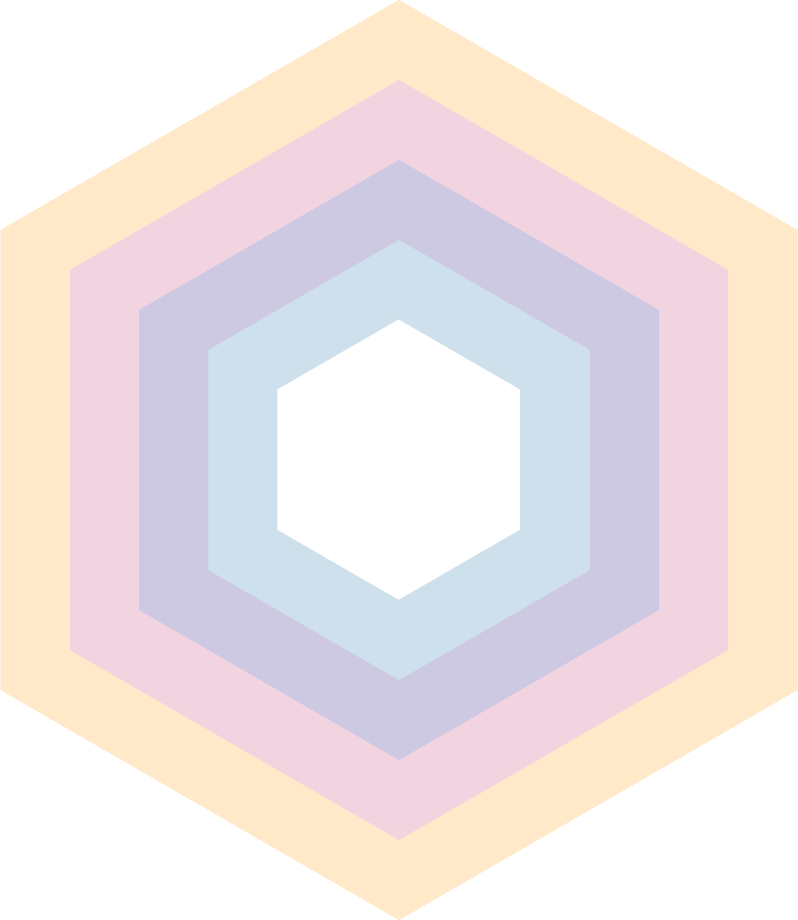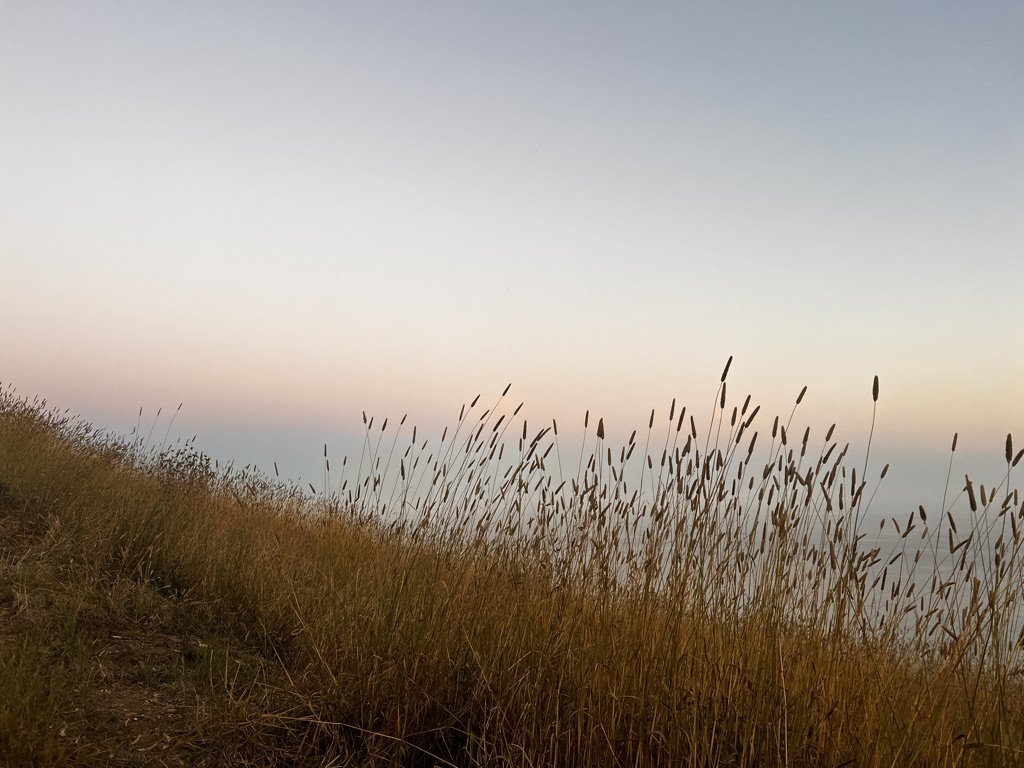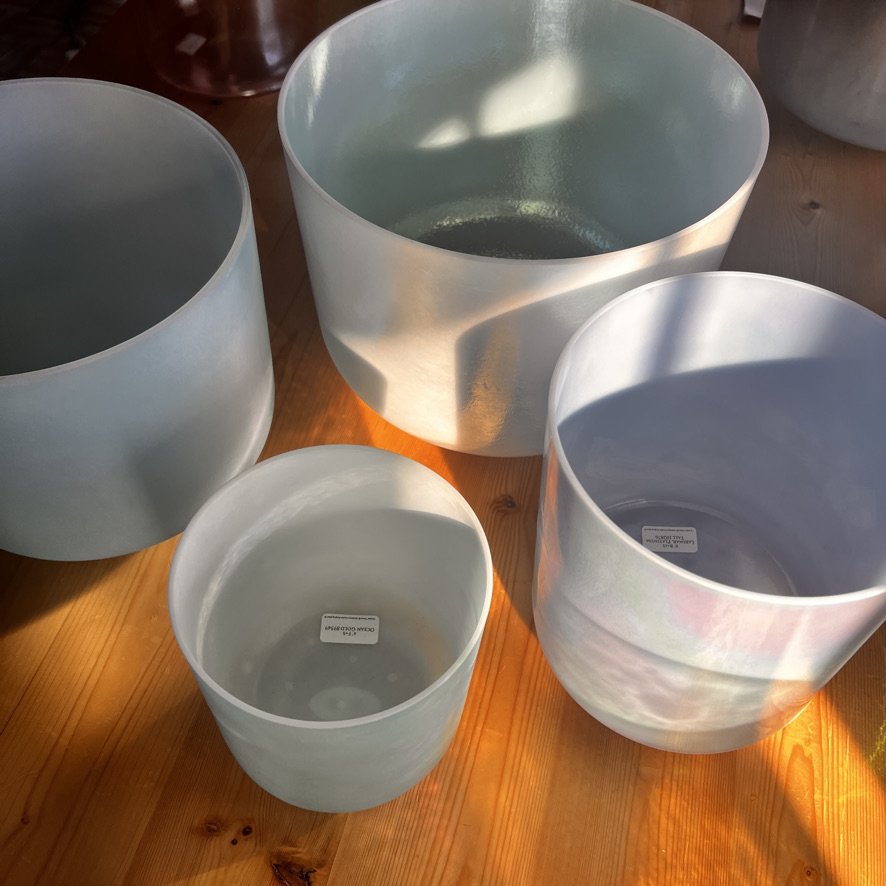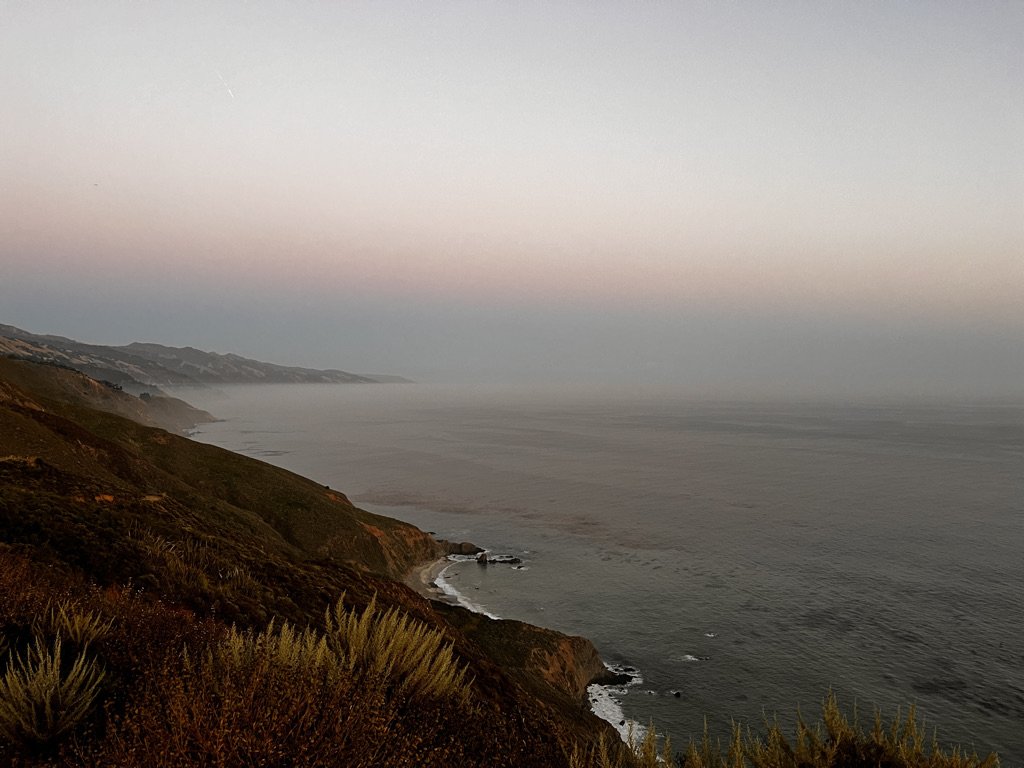Throat | Vishuddha Chakra
Element: Ether
Meaning: Purification, Filter
Color: Blue
Crystals and metals:
Lapis Lazuli
Kyanite
Turquoise
Blue Sapphire
Aqua Aura Gold
Ocean Gold
Musical Note: G and G# for the Thyroid
7 Wonders of Sound #5
Through Sound and Mantras, we can open our voices to co-transform and collaborate with universal life energy!
Please enjoy the replay of our Vishuddha Chakra above and the
Throat Chakra Sound Journey below.
Throat | Vishhuddha Chakra Explorations
Try a few minutes of intentional
toning and connecting to the power of your throat chakra daily.
These explorations are purely optional and are here to support your journey if you choose.
Gently massage and/or place your hands on your neck and throat. Allow yourself to feel the presence of your own touch here. Remember your hands and arms are extensions of your heart.
Journal Prompts:
My Voice is …
I love my voice for …
My throat chakra’s highest wisdom is …
I listen deeply to …
Practice the Four Gates of Speach:
Is it true?
2. Is it kind?
3. Is it necessary?
4. Is now the right time?
Chant Silently or Out Loud:
LOKAH SAMASTAH SUKHINO BHAVANTU‘May all beings be happy and free,
and may the thoughts,
words and actions
of my own life
contribute
in some way to that
happiness and freedom
for all.’Continue Sounding by doing at least 3 rounds of Aum a day, if it feels good do more!
Ahhhh, Ohhhhh, Mmmmm —
Silence — feel the vibrations ripple through the waters of your being.
Wear Blue!
Sing! Tone! Hum! BUZZ! Sound!! let yourself express yourself through sound and vibration!
Enjoy the specially curated Throat Chakra playlist —
Sing Your Truth! xo
Throat Chakra Affirmations
Take a moment and tune into the highest wisdom of your throat chakra. Listen here. What does your voice want you to remember?
I love my voice!
My voice is essential to the whole.
My words create and transform the world.
I express myself clearly and honestly.
I speak with calm, clarity, and confidence.
I speak with courage, compassion, and love.
I add value to every conversation I participate in.
My insight is welcome, needed, and valuable.
I am empowered to speak my truth.
I listen.
I listen to the highest wisdom of my soul.
I embrace silence and know deep inner peace.
I am a good listener and give others my undivided attention when they speak.
Repeat often Silently to Yourself or Out Loud to the World!
There are about 7,117 living languages spoken today—but most people speak just a small number of them.
In fact, only 23 languages are spoken by more than half the global population, including English, Mandarin, Hindi, and Spanish.
At the same time, nearly half of all languages are endangered, and some are disappearing every year. When a language is lost, so is a unique way of seeing and understanding the world.
Let’s take a closer look at what else we can learn about languages…
7,117 is a lot more languages than most people, myself included, expect — and many of them are at risk of disappearing.
🌍 How Many Languages Have Gone Extinct?
Linguists estimate that over half of all languages ever spoken are already extinct.
According to the UNESCO Atlas of the World’s Languages in Danger, around 600 languages have disappeared just in the last 100 years. That’s about one language every two weeks. When a language dies, it often takes with it generations of songs, stories, spiritual practices, and ways of seeing the world.
🧠 Why Do Languages Matter?
Languages aren’t just ways to speak — they hold culture, identity, knowledge of nature, and history. When a language vanishes, it’s like losing a unique voice in the global choir. Some Indigenous languages have words for plants, animals, and healing practices that aren’t named or known in any other language.
🌏 Where Is Language Diversity Greatest?
Papua New Guinea has the most languages of any country — over 840!
Indonesia and Nigeria are next, each with over 700 languages.
These are often countries with many small communities living in unique environments, with their own histories and traditions.
📚 What Are the Top 20 Most Spoken Languages in the World?
(According to Ethnologue and updated global data — these numbers include native speakers and second-language speakers combined):
English – ~1.5 billion
Mandarin Chinese – ~1.1 billion
Hindi – ~609 million
Spanish – ~559 million
Standard Arabic – ~274 million
Bengali – ~273 million
French – ~264 million
Russian – ~258 million
Portuguese – ~258 million
Urdu – ~231 million
Indonesian – ~199 million
German – ~134 million
Japanese – ~125 million
Nigerian Pidgin – ~120 million
Marathi – ~99 million
Telugu – ~96 million
Turkish – ~88 million
Tamil – ~86 million
Yue Chinese (Cantonese) – ~85 million
Vietnamese – ~85 million
📌 Note: These numbers change as populations grow and more people learn new languages. English, for example, is the most widely learned second language in the world.
🗣️ Fun Facts About Languages:
The longest alphabet is in Khmer (Cambodia) with 74 letters.
The shortest alphabet is in Rotokas (Papua New Guinea), with just 12 letters.
The oldest written language still in use today is Chinese.
Sign languages are real, full languages too! American Sign Language (ASL) is one of the most used sign languages in the world.
If we look at the least commonly spoken living languages—those with just a handful of speakers—they often belong to small Indigenous communities and are considered critically endangered. Many of these languages have only 1 to 10 speakers left in the world.
Here are three examples of the least commonly spoken languages today (according to Ethnologue and UNESCO):
1. Taushiro (Peru)
Speakers left: Only 1 known speaker
This Amazonian language is native to Peru and is nearly extinct. The last known speaker, Amadeo García García, has been working with linguists to preserve it.
2. Tanema (Solomon Islands)
Speakers left: 1 speaker
Once spoken on the island of Vanikoro, Tanema has been mostly replaced by neighboring languages. Efforts are underway to document it.
3. Ainu (Japan)
Speakers left: Fewer than 10 native speakers
Indigenous to Hokkaido (northern Japan), Ainu is a language isolate, meaning it’s unrelated to any other known language. Although revitalization efforts are happening, native fluency is extremely rare.
These rare languages are like ancient treasures — each one holds stories, songs, and knowledge that can’t be found anywhere else. When a language disappears, we lose more than just words; we lose a part of human history.
At one time, languages were much more evenly distributed around the world, especially when most people lived in tribal or small community-based societies. For tens of thousands of years, humans lived in relatively isolated groups. Because of this, thousands of unique languages and dialects developed—each one evolving naturally within its own region, tribe, or culture.
🌍 Before globalization:
Every tribe or region had its own language or dialect, often just spoken by a few hundred or a few thousand people.
These languages were deeply tied to the land, the seasons, spiritual traditions, and ways of life.
There wasn’t a single dominant language — instead, the world was a rich patchwork of small, distinct languages.
🚀 What changed?
With colonization, industrialization, globalization, and the spread of major world religions, a few powerful languages began to dominate (like English, Spanish, Arabic, and Mandarin). These languages were spread through:
Education systems
Media (TV, radio, internet)
Trade and business
Government and politics
As larger, more dominant languages took hold, smaller, tribal languages were often pushed aside or even banned. Many Indigenous people were forced to stop speaking their native languages in schools and public life.
📉 The result?
Today, over 40% of the world’s languages are endangered.
More than 90% of people speak just 10% of the world’s languages.
And only a few hundred of the 7,000+ languages are being passed on to children.
So yes — long ago, language was far more evenly spread across the globe, reflecting the diversity of life in tribal and traditional societies. In a way, the voices of the Earth were once more balanced and local. Now, many are trying to reclaim and revitalize those ancestral tongues so they don’t vanish forever.



